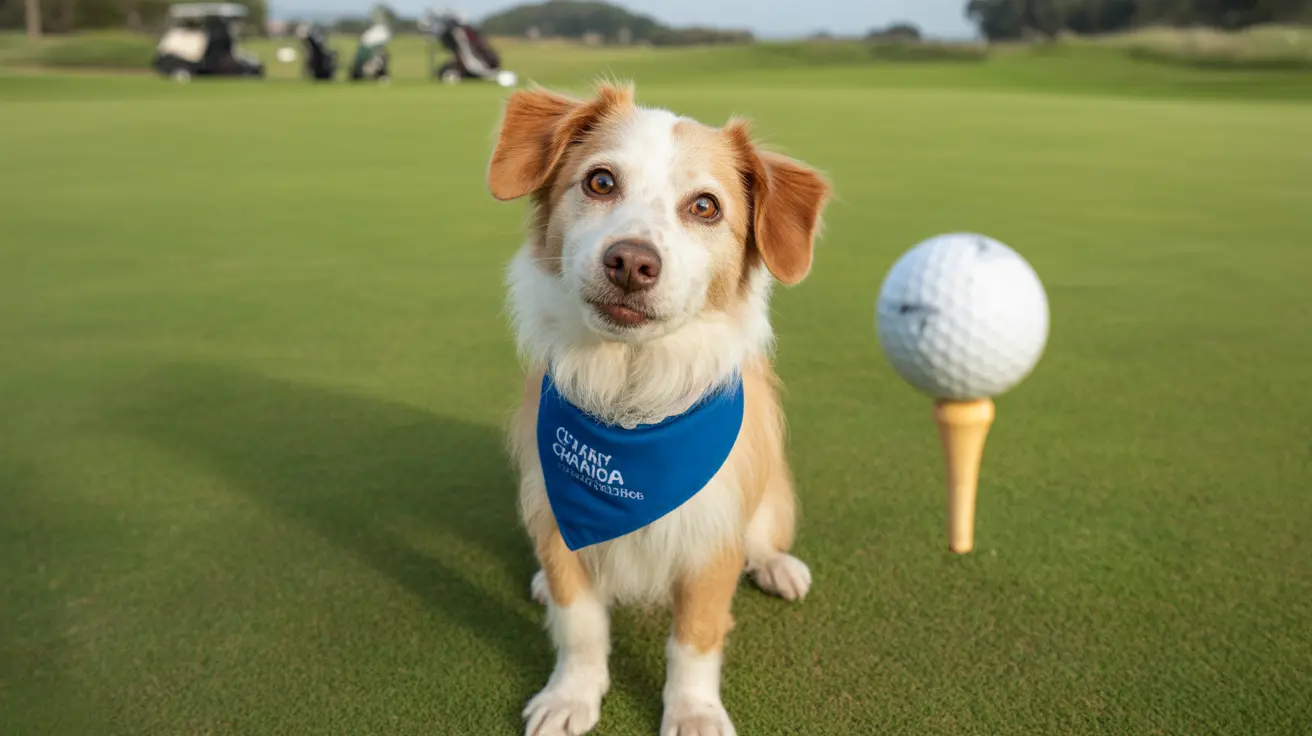When it comes to our feline friends' health, problems with cat face muscles can be particularly concerning for pet owners. These conditions, while relatively rare, can significantly impact a cat's quality of life and require careful attention to diagnose and treat effectively.
In this comprehensive guide, we'll explore the various conditions affecting cat face muscles, their symptoms, and what you can do to help your furry friend if you notice any concerning changes in their facial expression or movement.
Common Types of Facial Muscle Disorders in Cats
Cats can experience several different types of muscle disorders that affect their facial region. The most common conditions include polymyositis, focal inflammatory myopathy, and dermatomyositis. Each of these conditions has distinct characteristics and requires specific treatment approaches.
Polymyositis and General Muscle Inflammation
Polymyositis is a condition that causes widespread muscle inflammation throughout the body, including the facial muscles. This condition can result in noticeable changes in your cat's facial expressions and ability to eat or drink normally.
Focal Inflammatory Myopathy
This condition specifically targets certain muscle groups, and when it affects the face, it can cause localized swelling and weakness in particular facial areas. Cats may have difficulty blinking, chewing, or maintaining normal facial expressions.
Recognizing the Signs of Facial Muscle Problems
Early detection of muscle problems is crucial for successful treatment. Watch for these common signs:
- Difficulty eating or drinking
- Changes in facial expression
- Drooping on one or both sides of the face
- Trouble blinking or closing the eyes
- Difficulty meowing or making normal vocalizations
- Visible swelling in facial areas
Diagnosis and Treatment Options
Veterinarians use various diagnostic tools to identify the specific cause of facial muscle problems in cats. These may include blood tests, muscle biopsies, and imaging studies such as MRI or CT scans.
Treatment Approaches
Treatment varies depending on the underlying cause but may include:
- Anti-inflammatory medications
- Immunosuppressive drugs for immune-mediated conditions
- Physical therapy and supportive care
- Dietary modifications if eating is affected
- Regular monitoring and adjustment of treatment plans
Prevention and Long-term Management
While not all muscle disorders can be prevented, certain steps can help maintain your cat's muscle health:
- Regular veterinary check-ups
- Maintaining a healthy diet
- Avoiding known triggers if identified
- Monitoring for early signs of recurrence
- Following prescribed medication schedules
Frequently Asked Questions
What are the common causes of facial muscle disorders in cats?
Facial muscle disorders in cats can be caused by immune system disorders, infections, trauma, genetic factors, or occasionally tumors. The most common causes are immune-mediated conditions and inflammatory responses.
How do I recognize if my cat is experiencing facial muscle weakness?
Look for signs such as difficulty eating, drinking, or grooming, changes in facial expression, drooping features, and reduced ability to blink or close the eyes completely. Any asymmetry in facial features should be evaluated by a veterinarian.
What diagnostic tests are typically used to diagnose muscle disorders in cats?
Veterinarians typically use a combination of blood tests, muscle enzyme analysis, imaging studies (X-rays, MRI, or CT scans), and sometimes muscle biopsies to diagnose muscle disorders accurately.
How is focal inflammatory myopathy affecting the face treated in cats?
Treatment usually involves anti-inflammatory medications, immunosuppressive drugs if needed, and supportive care. The specific treatment plan depends on the underlying cause and severity of the condition.
Can cats with inflammatory myopathies recover fully, and what are the long-term management options?
Many cats can achieve good outcomes with proper treatment, though some may require ongoing management. Long-term options include medication maintenance, regular monitoring, and lifestyle adjustments to support muscle health and function.






